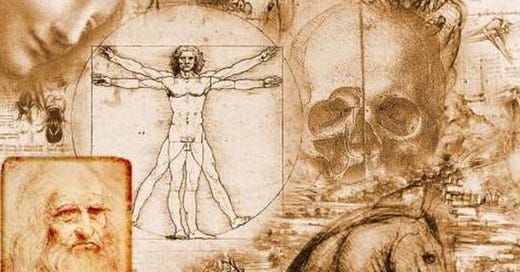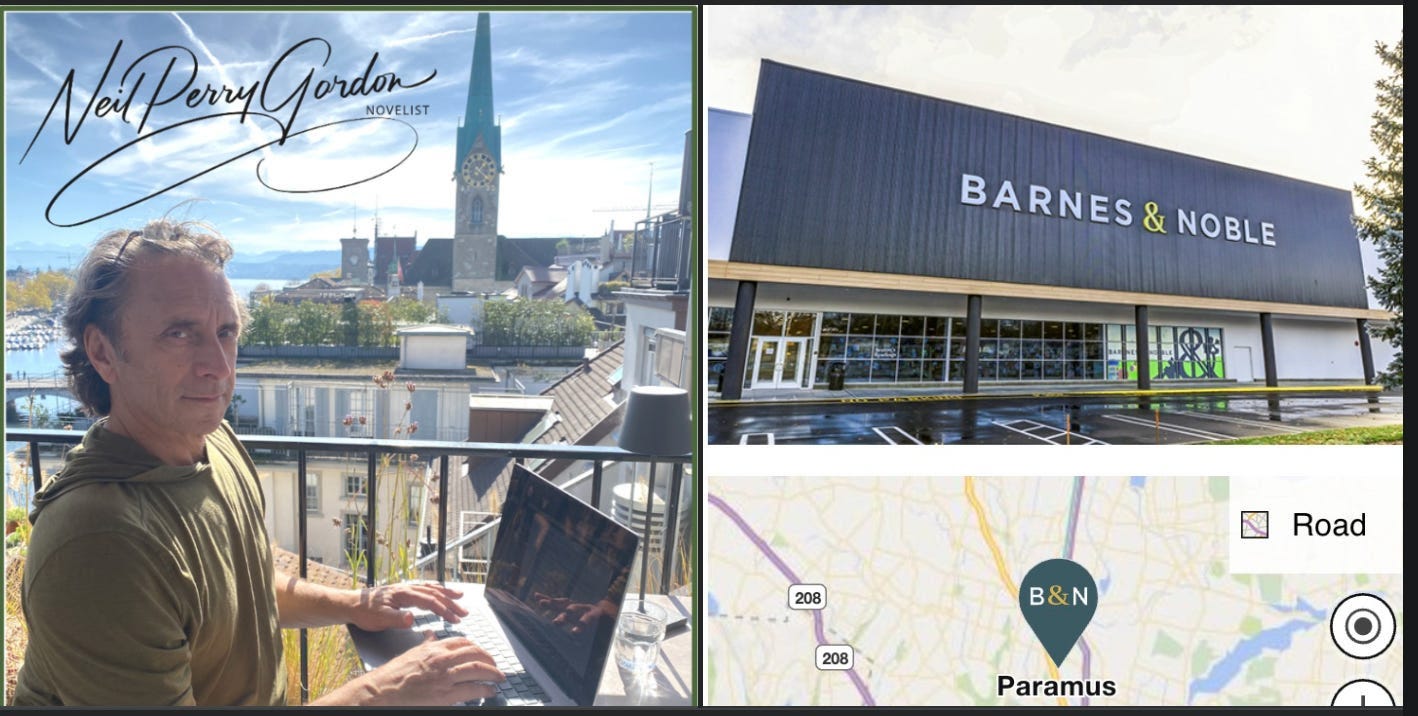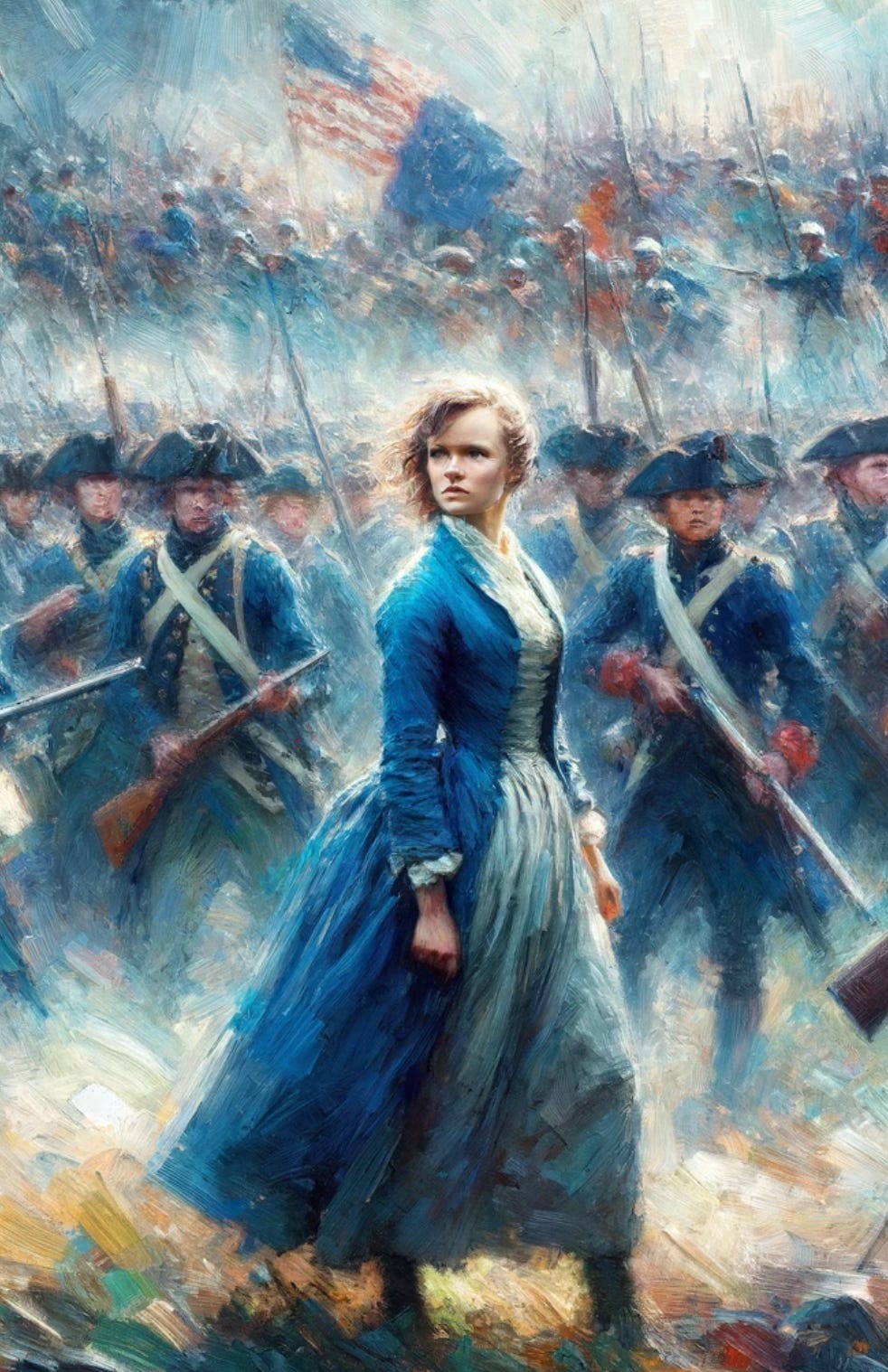In the modern world, we often separate art and science into distinct categories, each with its practices, methodologies, and outcomes. Yet, this division is a relatively new phenomenon that Leonardo da Vinci would find perplexing. Da Vinci seamlessly blended art and science, demonstrating that the two disciplines are compatible and synergistic. With its holistic approach, Waldorf education embodies this very principle, nurturing a generation of thinkers who appreciate the interconnectedness of all forms of knowledge.
The Archetypal Polymath
Leonardo da Vinci is the best-known example of a polymath who excels in multiple fields of study. His legacy spans various disciplines: painting, anatomy, engineering, mathematics, and early aeronautics. His breadth of knowledge and ability to integrate these fields set Leonardo apart, using his artistic skills to enhance his scientific observations and vice versa.
Take, for example, his anatomical studies. Leonardo’s detailed human body sketches were artistically exquisite and scientifically groundbreaking. His understanding of muscle structure, bone formation, and organ function was centuries ahead of his time, mainly due to his ability to visualize and document his observations with unparalleled precision. Similarly, his scientific investigations into the principles of flight were deeply informed by his keen observations of birds, which he meticulously captured in his art.
Embracing Interconnected Learning
A Waldorf education, rooted in Rudolf Steiner’s philosophies, emphasizes the unity of art and science, reflecting the integrated approach that Leonardo da Vinci exemplified. Waldorf schools cultivate this integration through a curriculum that balances academic rigor with artistic expression, fostering creative and analytical thinking.
In a Waldorf classroom, subjects are not isolated into rigid compartments. Instead, lessons are interwoven with artistic activities that enrich and deepen the learning experience. For instance, students might explore mathematical concepts through geometric drawing, understanding the beauty and symmetry inherent in mathematical principles. Like Leonardo’s studies, science lessons often involve hands-on experiments documented through detailed, artistic illustrations.
Art and Science - Two Sides of the Same Coin
The integration of art and science in Waldorf education mirrors the Renaissance ideal embodied by Leonardo da Vinci. This approach recognizes that creativity and analytical thinking are not mutually exclusive but are complementary aspects of the human intellect. When students are encouraged to draw connections between disparate fields, they develop a more profound and holistic understanding of the world around them.
In this context, art becomes a powerful tool for scientific inquiry, allowing students to visualize complex concepts and think outside the box. Conversely, science enriches artistic practice by grounding it in an understanding of the natural world and the underlying principles that govern it.
Da Vinci’s Enduring Legacy
Leonardo da Vinci’s life and work are a timeless reminder of the profound synergy between art and science. His ability to transcend the boundaries of individual disciplines and synthesize them into a cohesive whole is a testament to the power of integrated learning. With its emphasis on holistic development, Waldorf education continues this legacy, preparing students to navigate a world that increasingly values interdisciplinary thinking and creativity.
In pursuing knowledge and innovation, we must remember that art and science are not separate endeavors but two sides of the same coin. We can unlock new realms of possibility by fostering a deeper appreciation for their interconnectedness, just as Leonardo da Vinci did centuries ago.










